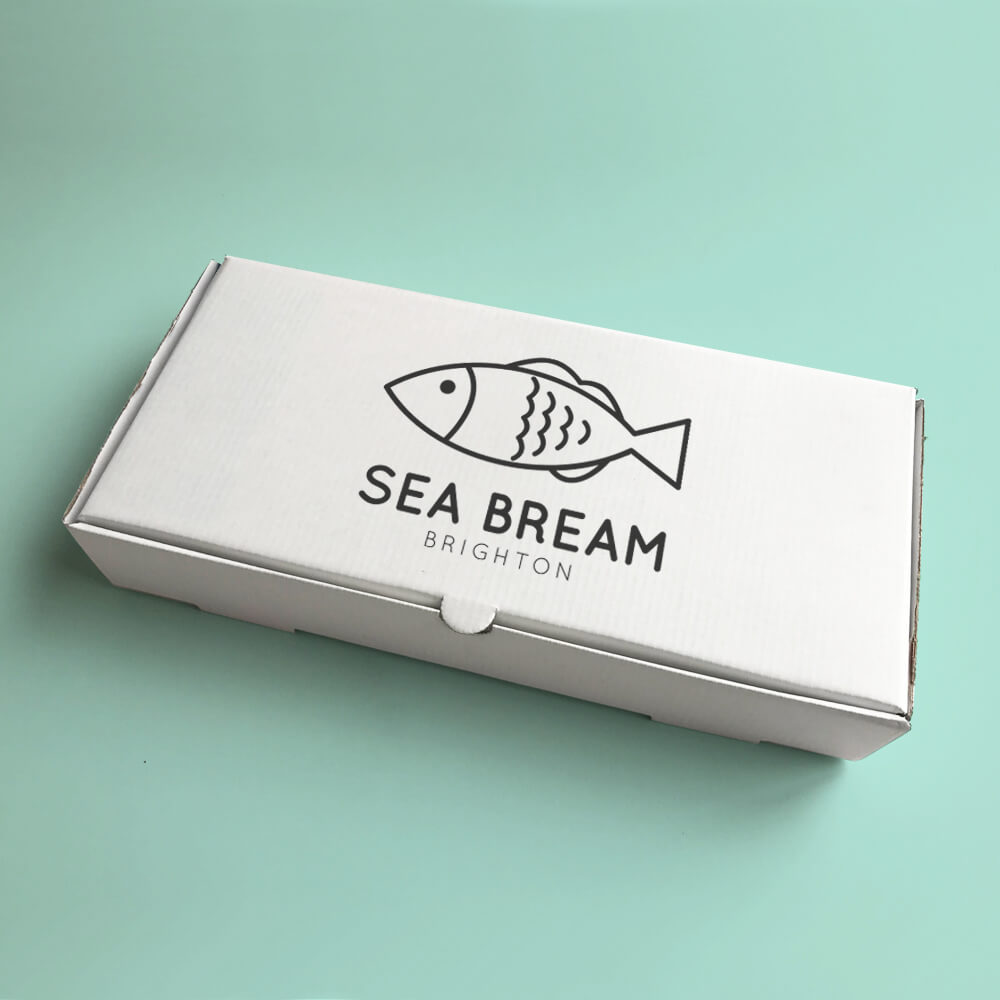The Art and Tradition of Bamboo Chopsticks
Bamboo chopsticks, a symbol of East Asian culture, are more than just utensils; they represent a deep-seated tradition that has endured for centuries. With their humble origins, these elegant implements have evolved into an indispensable part of daily life in many countries, including China, Japan, and Korea. The unique qualities and sustainable nature of bamboo make it the material of choice for crafting these staple dining tools.
One of the most remarkable aspects of bamboo chopsticks is their environmental friendliness. Bamboo is a fast-growing, renewable resource that can be harvested without causing damage to the ecosystem. Unlike trees, which can take years to mature, bamboo can grow up to three feet in a single day. This rapid growth means that bamboo can be harvested sustainably, making it an eco-conscious choice that aligns with today’s focus on sustainability and environmental preservation.
In addition to being eco-friendly, bamboo chopsticks are admired for their versatility and strength. The natural fibers of bamboo create sturdy yet lightweight chopsticks that offer a comfortable grip. This balance makes them ideal for various dining experiences, from casual meals to more elaborate feasts. In Asian cuisine, where the presentation of food is as important as the taste, the aesthetic appeal of beautifully crafted bamboo chopsticks enhances the overall dining experience.
bamboo chopsticks

Culturally, bamboo chopsticks carry significant meaning. In many Asian societies, using chopsticks is more than just a method of eating; it is an art form that requires practice and skill. The proper technique involves holding the chopsticks in a specific way, allowing for precision in picking up food. This skill is often passed down through generations, making mealtime not just a time for nourishment but also a moment for bonding and learning.
Moreover, bamboo chopsticks feature a beautiful array of designs and decorations, reflecting the rich cultural heritage of the regions they come from. In Japan, for instance, you'll find intricately painted or lacquered chopsticks, often adorned with seasonal motifs, while Chinese chopsticks may be engraved with auspicious symbols or designs. These decorative elements transform the simple chopstick into a canvas of artistic expression, showcasing the craftsmanship and cultural values cherished by the artisans who create them.
The rising global popularity of Asian cuisine has led to an increased interest in bamboo chopsticks outside of their traditional markets. Restaurants all over the world are now offering chopsticks as part of their dining experience, which has prompted a new appreciation for this time-honored utensil among non-Asians. Additionally, as culinary enthusiasts seek to replicate authentic Asian dishes at home, bamboo chopsticks have found their way into kitchens worldwide, further bridging cultural gaps.
In conclusion, bamboo chopsticks are much more than mere tools for eating; they embody a cultural legacy that intertwines history, artistry, and sustainability. Their environmental benefits make them a practical choice for contemporary living, while their elegance and functionality continue to charm diners around the globe. Whether you are savoring sushi, enjoying a bowl of noodles, or experimenting with new recipes, bamboo chopsticks provide a connection to a rich tradition that celebrates the simple yet profound joy of sharing food. As we enjoy the delights of various cuisines, let us recognize and appreciate the humble bamboo chopstick, an emblem of culture and sustainability.



